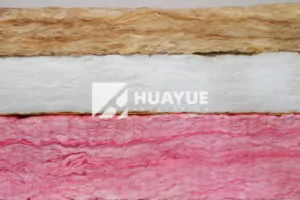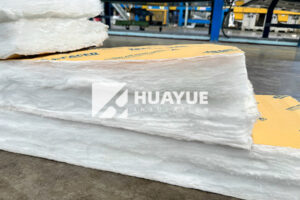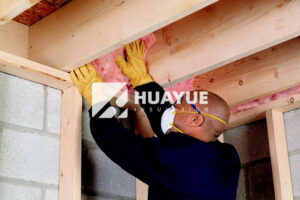Best Insulation For 2x4 walls
What is the Best Insulation for 2×4 Walls?
Trying to choose the right insulation for your 2×4 walls and feeling overwhelmed by the options? You know that good insulation is key to an energy-efficient home, but picking the wrong type can lead to wasted money and subpar performance.
The best insulation for standard 2×4 walls is typically high-density R-15 fiberglass or rock wool batts. These are specifically designed for the 3.5-inch depth of a 2×4 cavity and offer a great balance of thermal performance, sound dampening, and value. For the absolute highest R-value, closed-cell spray foam is the top performer.
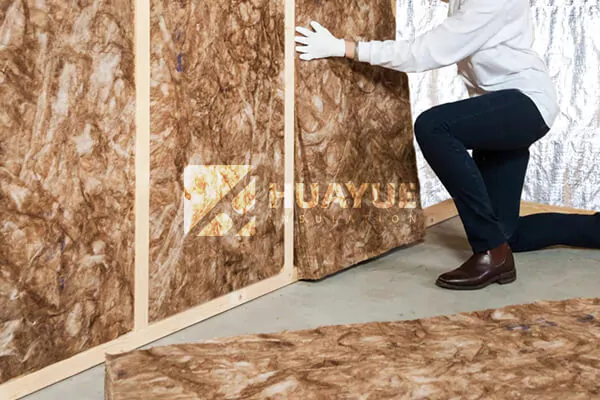
Selecting the right insulation is a critical step in any construction or renovation project. It directly impacts your comfort, energy bills, and even the peace and quiet within your home. As a company that has been manufacturing world-class insulation solutions like fiberglass and rock wool since 1998, we’ve seen every possible wall assembly. The "best" choice always involves balancing performance, cost, and ease of installation for your specific project. Let’s walk through how to choose wisely.
How to Measure Wall Thickness?
Before you can choose insulation, do you know for sure that you’re working with 2×4 walls? Assuming the wall depth without checking can lead to buying the wrong product.
A standard 2×4 wall cavity is not actually 4 inches deep. A modern "2×4" stud is 3.5 inches deep. You can confirm this by measuring the depth of the stud from its face to the sheathing in an open wall, or by using a small drill bit to gently probe the depth in a closed wall.
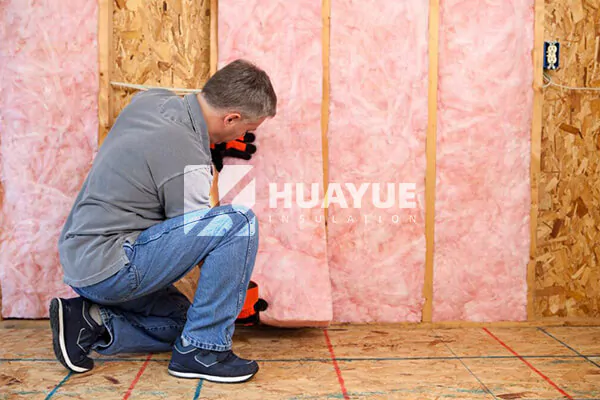
Deeper Dive into Wall Framing
Understanding why a 2×4 isn’t a 2×4 is a key piece of construction knowledge. Historically, a rough-cut 2×4 was closer to those actual dimensions. However, modern lumber milling processes plane and smooth the wood, resulting in the standard finished dimensions of 1.5 inches by 3.5 inches. This 3.5-inch depth is the crucial measurement, as insulation manufacturers design their products to fit perfectly within this space without being compressed.
If your walls are open for renovation, simply use a tape measure to check the stud depth. If the walls are closed, you can use a simple trick. Turn off the power to the circuit, remove the cover plate from an electrical outlet on an exterior wall, and carefully measure the gap between the back of the outlet box and the front of the drywall. A more direct method is to drill a small, inconspicuous hole and insert a thin, marked wire or probe until it touches the exterior sheathing, then measure how far it went in. Knowing this 3.5-inch dimension is the first step to ensuring you purchase insulation that will perform as advertised.
Types of Exterior Wall Insulation
Are you aware of the different insulation technologies available for your walls? Going with the most common option might mean you miss out on a better solution for your specific needs.
The most common types of insulation for exterior walls are fiberglass batts, rock wool (mineral wool) batts, and spray foam. Each offers a unique combination of thermal performance (R-value), cost, fire resistance, and soundproofing capabilities.
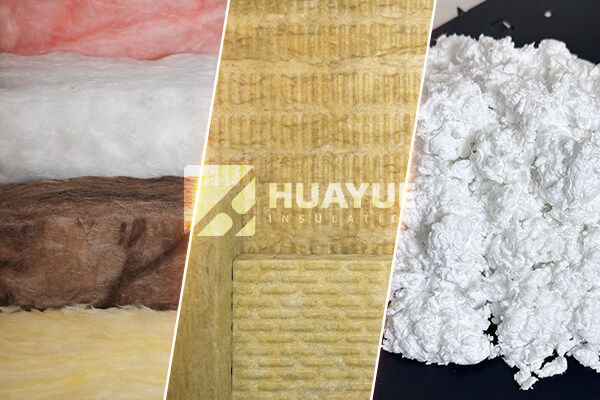
Deeper Dive into Insulation Options
As a manufacturer of both fiberglass and rock wool, we understand the distinct advantages of different materials. The choice often comes down to budget and specific performance goals.
- Fiberglass Batts: This is the most common and cost-effective choice. Made from fine glass fibers, it’s easy to handle and provides excellent thermal performance for the price. It’s available in various R-values, with R-13 and R-15 being standard for 2×4 walls. Our company has produced high-quality fiberglass for decades, and it remains a reliable workhorse for residential construction.
- Rock Wool Batts: Also known as mineral wool, this insulation is made from volcanic rock. It’s denser than fiberglass, which gives it superior sound-dampening qualities and higher fire resistance. It also has a slightly higher R-value per inch and is more resistant to moisture. It’s a premium batt insulation product that many of our clients choose for media rooms, bedrooms, and high-performance homes.
- Spray Foam: This is a two-part chemical insulation that is sprayed into the wall cavity, where it expands to create a powerful air seal.
- Open-Cell: Softer and less dense, it’s a great soundproofer but has a lower R-value (around R-3.5 per inch).
- Closed-Cell: Very dense and rigid, it has the highest R-value (R-6.0 to R-7.0 per inch) and acts as a vapor barrier, adding structural strength to the wall.
What is the Best Insulation For 2×4 Walls?
So, with all these options, what’s the final verdict for your project? You want the best performance without overspending on features you don’t need.
The best all-around insulation for 2×4 walls is typically R-15 high-density fiberglass or rock wool batts. For those prioritizing budget, R-13 fiberglass is an excellent choice. If maximizing R-value is the absolute top priority and budget is less of a concern, closed-cell spray foam is the ultimate performer.
Deeper Dive into the Top Choices
Let’s break down the decision based on your primary goal:
| Goal | Best Choice | Why? |
|---|---|---|
| Best Value / Budget | R-13 Fiberglass Batts | Offers solid thermal performance that meets code in many climate zones at the lowest possible cost. It’s easy to install and widely available, making it the go-to for many standard projects. |
| Best All-Around Performance | R-15 Rock Wool or Fiberglass Batts | These high-density batts are specifically designed for a 3.5" cavity. They offer a higher R-value than R-13, and rock wool provides superior fire resistance and sound dampening for a quieter, safer home. |
| Highest Possible R-Value | Closed-Cell Spray Foam | With an R-value of up to R-7.0 per inch, you can achieve over R-21 in a 2×4 wall. It also creates a perfect air seal, eliminating drafts and adding rigidity. This performance comes at a significantly higher cost and requires professional installation. |
For the vast majority of homeowners and builders, the sweet spot is R-15. It provides a noticeable performance boost over the R-13 standard without the high cost and complexity of spray foam. At HUAYUE, we manufacture both high-quality fiberglass and rock wool to give our partners the flexibility to choose the perfect solution for their projects.
Does R-15 insulation fit in a 2×4 wall?
Are you worried that R-15 insulation might be too thick for a 2×4 wall? It’s a logical question, since higher R-values usually mean thicker material, and compressing insulation is a big no-no.
Yes, absolutely. R-15 batt insulation is specifically manufactured to fit perfectly within a standard 3.5-inch deep 2×4 wall cavity. It achieves its higher R-value through increased density, not increased thickness, compared to R-13 batts.
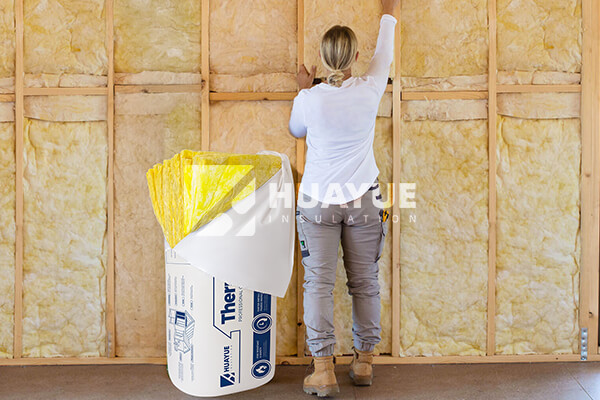
Deeper Dive into Density vs. Thickness
This is a common point of confusion, but a critical one to understand. The effectiveness of fibrous insulation (like fiberglass or rock wool) comes from its ability to trap air. If you were to cram a thicker insulation, like an R-19 batt made for 2×6 walls, into a 2×4 cavity, you would compress it. This compression squeezes out the air pockets, drastically reducing its R-value and making it perform worse than a properly installed R-13 batt.
Manufacturers solved this problem with high-density batts. An R-15 batt has more glass or rock fibers woven into the same 3.5-inch thickness as an R-13 batt. This denser structure is slightly more effective at slowing heat transfer, which results in the higher R-value. So, you can install R-15 with complete confidence, knowing you are getting a legitimate thermal upgrade without the risk of compression. It provides a simple and effective way to boost your wall’s energy efficiency beyond the basic standard.
What is the maximum R-value for 2×4 insulation?
Are you trying to squeeze every last bit of performance out of your walls? For those in extreme climates or aiming for peak energy efficiency, knowing the absolute maximum R-value is essential.
The maximum R-value you can achieve in a standard 3.5-inch 2×4 wall cavity is approximately R-21 to R-24, which is accomplished using professionally installed closed-cell spray foam insulation.
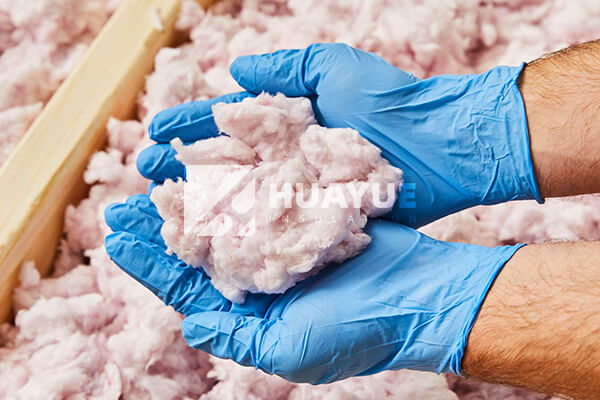
Deeper Dive into Peak Performance
While batt insulation tops out at R-15 for a 2×4 wall, spray foam technology pushes the boundary much further. Closed-cell spray foam has the highest R-value per inch of any commonly available insulation material, typically rated between R-6.0 and R-7.0.
Here’s the simple math:
3.5 inches (cavity depth) x R-6.5 (average closed-cell R-value) = R-22.75
This makes it the undisputed champion for maximizing thermal resistance in a limited space. Beyond the high R-value, closed-cell spray foam expands to fill every single gap and crack, creating a near-perfect air and vapor barrier. This eliminates thermal bridging through air movement, further boosting the real-world performance of the wall assembly. This level of performance is why it’s often specified in high-performance "passive house" construction or in homes in very cold climates where wall space is at a premium. However, this premium performance comes with a premium price tag, often costing three to five times more than installing R-15 fiberglass batts.
Conclusion
In summary, the best insulation for 2×4 walls is a balance of your goals. R-15 batts offer the best all-around performance and value, R-13 is the budget-friendly standard, and closed-cell spray foam provides the maximum possible R-value.
As a trusted global manufacturer since 1998, HUAYUE Group produces a full range of high-quality fiberglass and rock wool insulation to meet the specific demands of any project. We are your partner for world-class insulation solutions.
You may also be interested in:
Ready to Get Started?
Get in touch with our experts for personalized solutions tailored to your needs.
Get Free QuoteLatest Articles
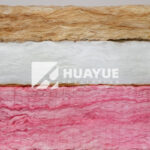
Eco Batt Insulation: What You Need to Know?
Dec 12, 2025
Let's Work Together
Ready to take your business to the next level? Get in touch with our team of experts and let's discuss how we can help you achieve your goals.
Get Free Solutions
